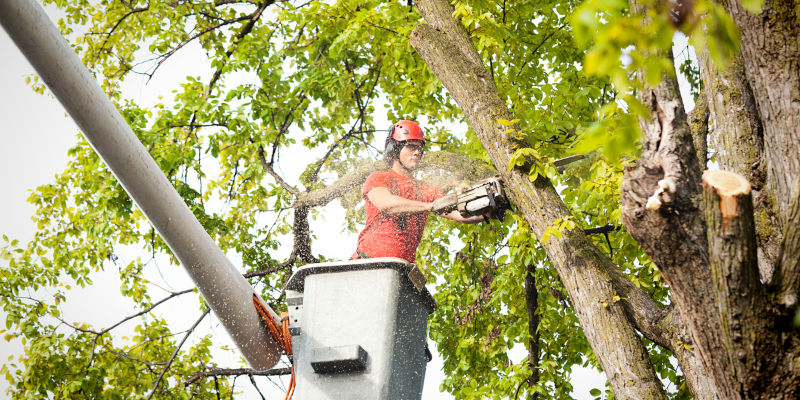Essential Steps for Efficient Property Land Clearing
Land clearing is essential for building a new home or developing an industrial structure on a vacant lot. However, the task is often overwhelming and requires a professional to ensure it is done correctly.
Attempting to clear your property yourself can be dangerous and lead to subpar results. Here are some important steps to help you start this difficult project.
Contents
Identify the Problem Areas
Land clearing is an essential step in property development. Not only does it improve the property’s appearance, but it also helps prevent diseases and pests that are spread by rotting trees or overgrown weeds. In addition, it also eliminates fire hazards caused by flammable shrubs and bushes.
During the unregulated and reform periods, landholders in the BBS, GBRC, and SEQ showed little variation in the spatial characteristics of their clearing as they continued to capitalize on pasture developments to compensate for policy restrictions. In the subsequent restriction period, several regional differences emerged in clearing patterns.
Determine the Best Time of Year to Begin
While clearing properties may seem easy, it has its challenges. Depending on where you live, various factors must be considered before land clearing begins, including soil erosion, protection for different species, and historical significance.
One of the biggest benefits of land clearing is that it helps plants and trees grow more easily. Typically, lots or fields covered with weeds and other vegetation have diffused help water, sunlight, and nutrients. Land clearing eliminates these barriers and allows these plants to thrive.
Create a Comprehensive Plan
The comprehensive plan is a process that determines community goals and aspirations in terms of community development, often over a long time horizon. It also establishes land development regulations that are designed to implement the plan. It’s a tool that can help communities respond to change, address economic development challenges and meet the needs of residents and visitors.
When planning for property clearing, it’s important to identify areas you want to keep, like trees or vegetation, and use brightly colored fencing to ensure others don’t remove them. This will help you avoid costly mistakes. Following best practices, such as recycling or selling the cleared materials, is essential.
Get Permits
In many cases, land clearing will require a permit before you can start the process. This is because it typically involves removing vegetation, trees, or other obstacles that could hinder your construction project.
Land clearing is an essential part of property improvement and development. It helps to prevent soil erosion and loosens up the ground, making it easier for rainwater to be absorbed.
In addition, it can also make the area more accessible for future plantings and construction projects. The best way to start the land-clearing process is by creating a comprehensive plan and getting permits from your local government.
Mark the Areas You Want to Keep
If there are trees, plants or structures you want to keep, mark them so they don’t get removed. Also, mark any existing infrastructure like water or sewer lines. This will prevent damage and protect your home or business from accidental snags or obstructions.
After clearing the area of major obstacles, level the land by tilling and tamping. This will make the soil more manageable and ensure it’s ready for construction. Using bulldozers to break up large rocks and other items is also good.
Choose the Right Equipment
Land clearing can be a complicated process that involves many tools. Choosing the right equipment, like a wheel loader, is important to ensure the best results.
One of the most useful tools for clearing properties is a bulldozer. These pieces of machinery can be used with various attachments to knock down structures, trees, brush, weeds, roots, and more. Some areas you can tackle yourself if they are not so big. For instance, smaller trees that you do not have to scale can be taken down with the use of an electric chainsaw. Obviously, bigger jobs go to the professionals, but that doesn’t mean you can’t help out.
Investing in the proper safety equipment before clearing work is also important. This includes a pair of durable, cut-resistant gloves and a helmet to protect yourself from injuries.
Hire a Professional
Land clearing is a huge job that requires the help of professionals. Hiring a reputable company with the right knowledge and experience will ensure everything is done correctly.
They can tell you if you need a permit and can check with zoning agencies, building departments, and protective covenants for your property before beginning the work. They will also know how to deal with environmental issues during the process.
Choosing the right contractor will save you money in the long run. Be sure to shop around and get multiple price estimates before deciding.

